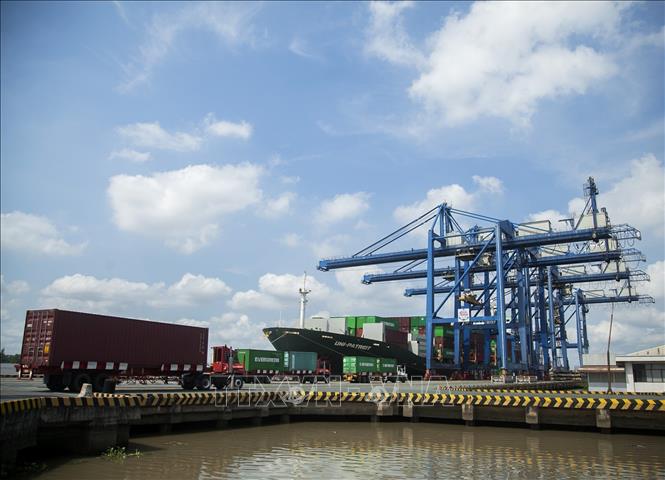Cai Mep Port is in the top 11 most efficient container ports in the world

Remarkable, the Cai Mep port of Vietnam ranks 11th in CPPI (according to the average statistical calculation of all 5 vessel sizes) and 13th (in technical terms, giving higher weight to the popular vessel sizes in that port).
Cai Mep port of Vietnam is ranked higher than the 3 major hub ports, namely PTP Malaysia (16th), Singapore (31st), Hong Kong, and China (38th). Even Cai Mep stands on the Japanese port of Yokohama (12th).
This ranking is based on criteria related to the time it takes for ships to finish loading and unloading containers at ports for the whole year of 2021. Out of 370 ports, ports in the Middle East occupy the leading positions. The bright spot of this CPPI index is the remarkable progress of East Asian and Southeast Asian ports due to the sudden increase in export volume during the epidemic.
In addition, the CPPI index is calculated on factors related to the time of ships entering the channel, docking at the port, the productivity of loading and unloading goods in and out of the port and the total volume of goods/trip, the ship leaving the port to the channel. In addition, 2 factors are also calculated: the significant ship factor (more fuel-efficient) and the information technology factor – digitization. Cai Mep International Port (CMIT) is a deep-water container port in the Cai Mep area, Tan Thanh district, Ba Ria – Vung Tau province with 48 hectares. CMIT has a wharf of 600 m long, capable of receiving large container ships of up to 160,000 DWT.
With a system of modern port operation and exploitation facilities, CMIT can provide high-quality services to shipping lines and customers in the fastest time, through direct international shipping routes. from Vietnam to major markets such as Asia, Europe, America, etc.
According to Vung Tau Port Authority, in the past 5 years, the growth rate at CMIT has reached about 20%/year.
In the first 4 months of 2022 alone, container cargo through CMIT reached more than 3 million TEUs, equaling 106% compared to the same period in 2021 (more than 2.89 million TEUs).
Currently, over 60% of global trade in goods is transported by containers through seaports. In the context that the world is overcoming the consequences caused by the COVID-19 epidemic in 2021, the publication of the ranking of global container ports is of great significance for importers and exporters, shipping lines, shipping lines, and shipping companies. logistics service provider, but also has implications for policy making of countries.
Source: blogtuan.com


![[2022.06.14] Hải quan Trung Quốc công bố danh sách trái cây nhập khẩu mới nhất được phép](/FileUpload/1645d848-f2e2-45bf-9294-9be0a65b4f6a-050722133836.webp)




